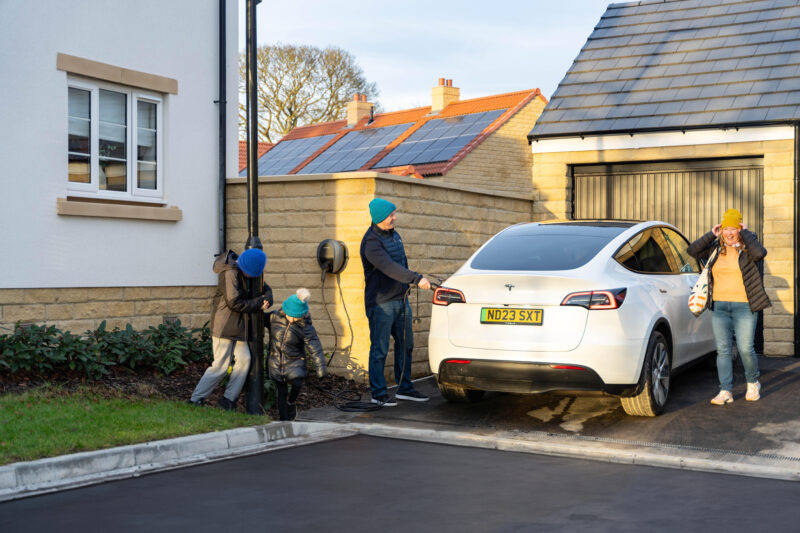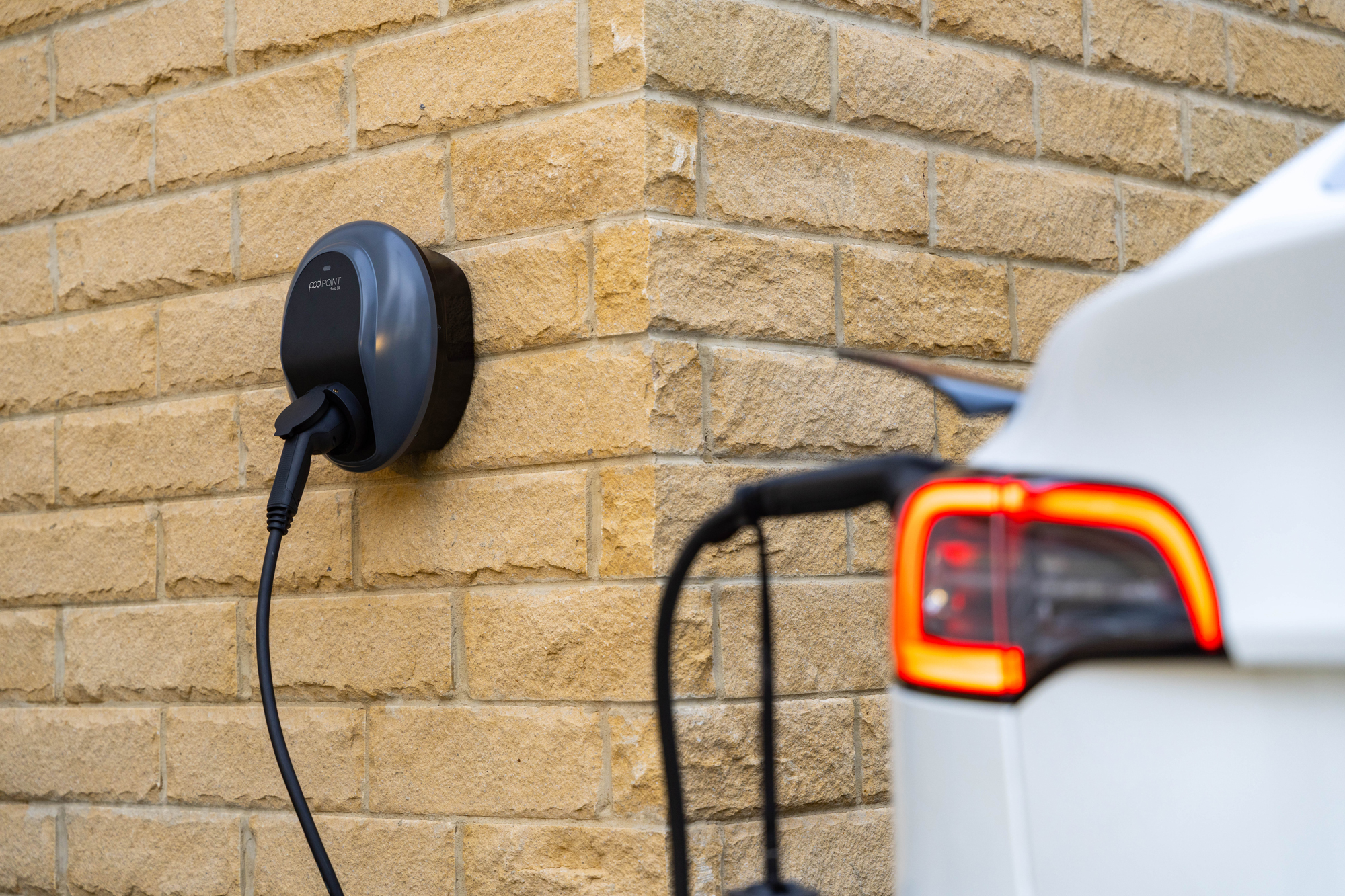How to charge your EV in cold weather
A guide explaining how cold weather affects an electric car’s range, and how to maximise it in winter.
Last updated: Nov 21, 2024 • 6 min read

Summary:
Similar to petrol and diesel cars, electric vehicles (EVs) can be impacted by cold weather. When the temperature is close to freezing, electric cars will lose some range because the battery is less efficient. This also happens to cars with internal combustion engines.
However, there are steps you can take to make your EV more efficient in cold weather and reduce the effects, such as by pre-heating the cabin and battery, keeping the battery maintained, and planning your journey ahead of time.
How does cold weather affect electric cars?
Electric vehicle batteries operate via a complex chemical process. In extreme temperatures, whether it’s close to freezing or heat waves, an EV’s battery won’t necessarily be 100% efficient, and you can expect to see a decrease in range by around 10 to 30%.
Although this effect is temporary and the range will return to normal levels once it gets warmer, it’s important to understand why a drop in temperatures affects an EV’s range. Electric car drivers are familiar with it, but there are a few things you can do to maximise your car’s range when the weather outside gets frightful.
What is EV range?
Range is the term to describe the number of miles an electric car can drive on a single charge when the battery is full. You’ll typically see this number on the dashboard in the car.
Calculating range can be done by multiplying the car’s battery capacity by the kilometers per kWh it can travel. However, this can fluctuate depending on how efficiently the vehicle is using energy, which itself depends on a number of factors.
This includes your driving style, the conditions on the road, how much stuff is in your EV, its battery capacity, and of course the temperature.
The impact of cold weather on EV range
Battery performance
As mentioned above, EV batteries are less efficient in colder or hotter weathers. This is because an electric car battery has an optimal operating temperature range. In the case of cold weather, freezing conditions can slow down the chemical reactions occurring in the battery when it's charging or releasing energy. This makes EV batteries in cold weather less efficient, leading to a lower range.
Increased use of heating system
When it’s cold, you’re likely to use your car’s heating more. For EVs, this means using more energy to warm up the cabin for you or your passengers – energy which would otherwise go to providing range.
Similarly, some electric car batteries have an internal thermal management system which brings it to its optimal operating temperature. If the temperature is colder, it requires more energy to get the battery up to this optimal range.
Different driving conditions
Unsurprisingly, road conditions are significantly different to when it’s warmer, and this can have a big difference to your EV’s range.
Ice, snow, and wind all increase resistance acting against the vehicle, so more energy is needed to drive the vehicle. That said, electric car motors do have better traction control than internal combustion engine drivetrains, so they should be easier to drive than a petrol or diesel car! EVs that have regenerative braking will also see a reduced output in this system as less energy gets repurposed.
You’re also more likely to have your headlights on full when you’re driving in winter as the days are shorter and there’s less light. This uses energy which again would otherwise contribute to your car’s range.
But remember, this isn’t unique to EVs
Petrol and diesel cars are also less efficient in winter for similar reasons. Internal combustion engines perform worse in colder temperatures and unfavourable driving conditions. This in turn means petrol or diesel drivers will see higher fuel consumption in the winter months.

Our tips to maximising your EV’s range in cold weather
1. Maintain your battery
Good and consistent battery maintenance is an important foundation for maximising your electric car’s range, especially in the winter. These are our top tips for maintaining your battery:
- Use slower chargers where possible. Regularly using rapid chargers can degrade the battery faster, so if possible charge overnight on a slower (~7kW) charger.
- The sweet spot for your battery’s state of charge is between 20% and 80%. You should only charge to 100% when you absolutely need to, such as for a longer journey.
- Get your EV battery serviced regularly.
- If possible, avoid extreme temperatures such as by parking indoors.
2. Pre-heat your car whilst it’s plugged in
A huge benefit to driving an electric car in general is the ability to heat up the cabin and bring the battery to its optimal temperature whilst it’s plugged in. With your EV plugged in, you can get the car warmed up before you set off. We call this pre-conditioning.
Doing this brings the battery to its optimal temperature and heats the cabin without losing any range.
Tip: even though there is less daylight, solar panels do still produce some energy during the winter. And with the Pod Point Solo 3S home charging system, you can use the excess energy produced by your solar panels to charge your EV whilst you pre-condition the battery and cabin!
3. Plan your journey in advance
As a general point, if you want to absolutely squeeze every last mile out of your battery, you should plan your journey before you set off. That way, when you are ready to go, you just turn on the engine and drive, rather than sitting in it and losing range whilst you plan.
The other benefit to taking some time to plan your journey in advance is that you may be able to fit multiple trips in one go, reducing the amount of time you have to stop. This is best because you avoid the cabin and battery cooling down, which of course requires energy to reheat. And if you do have to stop, then you should make sure to have planned your charging stops in advance as well, with back-up options, so you don’t spend your precious range looking for a charger.

